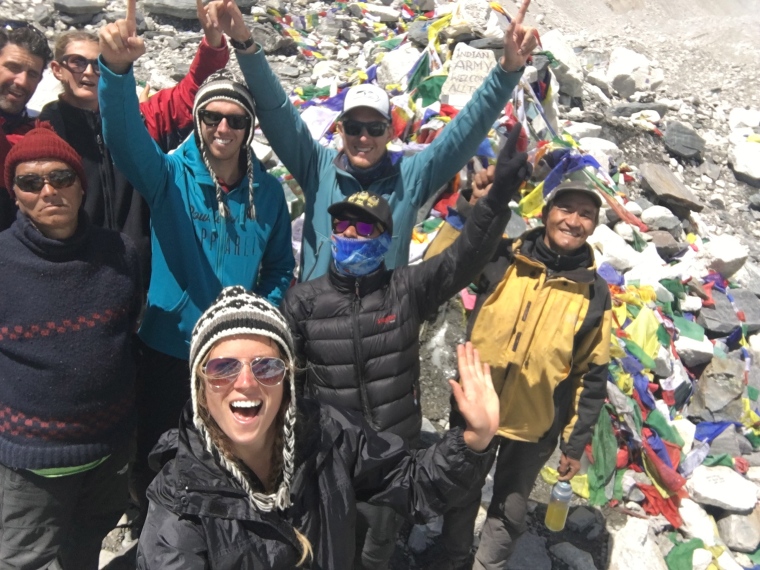
Hiking up to Everest Base Camp not knowing what to expect can be slightly daunting. Simple things like knowing how much clothing is enough, or how much toilet paper should you bring suddenly seem like big issues. To ensure you have the best time and enjoy every day, here is a compilation of frequently asked questions to get you ready!
Q. Will it be cold?
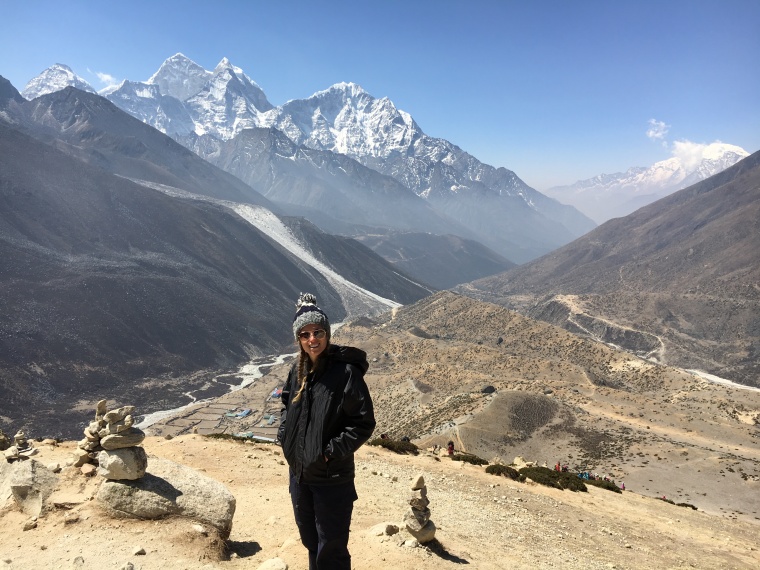 A. This entirely depends on when you’re going but yes, expect it to be cold and sub-zero temperatures at Base Camp. I went in April which was sunny and warm when hiking during the day (wearing only long hiking pants and a singlet top). After Namche you will find yourself wearing a windbreaker or jumper during the day. From Dingboche to basecamp (last 2 days) I also wore a beanie, scarf and gloves and thermal top and pants. At night times you will wear every single layer you own. It reached -19 at Gorakshep during the night.
A. This entirely depends on when you’re going but yes, expect it to be cold and sub-zero temperatures at Base Camp. I went in April which was sunny and warm when hiking during the day (wearing only long hiking pants and a singlet top). After Namche you will find yourself wearing a windbreaker or jumper during the day. From Dingboche to basecamp (last 2 days) I also wore a beanie, scarf and gloves and thermal top and pants. At night times you will wear every single layer you own. It reached -19 at Gorakshep during the night.
Q. What clothes will I need to bring?
A. Everyone has a different answer for this one, but I took with me
- 4 pairs sport socks and 3 pairs thick hiking socks (one pair I slept in only)
- new pair of underwear for every day
- long hiking pants
- thermal pants (also wore these as ‘casual’ leggings at night for dinner)
- sport bras
- 3 exercise, sweat-wicking shirts
- thermal top
- thermal/wool jumper
- exercise jumper
- big thick wool jumper
- wind-proof jacket
- 3 beanies, 1 pair ski gloves, scarf and a neck warmer
- hiking shoes and canvas shoes (great for walking around town after hiking or on acclimization days)
- PJ’s
Q. What toiletries do I need?
A. Getting sick while hiking makes for a very uncomfortable couple of days. I suggest taking everything you think you might need. You can’t shower after day 2 so don’t stress about washing your hair but pack
- panadol and ibuprofen
- gastro-stop or immodium based product
- Diamox (altitude sickness medicine)
- face wipes and moisturizer
- toothbrush and toothpaste
- baby wipes for a makeshift shower
- toilet paper (around 5 rolls for a couple for 8 days keeping in mind most people suffer a bout of gastro at some point)
- Hydralyte and Berocca – great for a kick of energy and some vitamins
- Menthol lollies
Q. Is it hard?
A. This depends on the person but I would say it is medium-to-difficult. The guide will ensure you walk quite slowly so you never feel over-exerted like you do when you go for a run or walk up a very long steep hill. As the pace is slow and breaks frequent most people should be able to manage providing they are of reasonable health and fitness. In our group ages ranged from 14-28 years old and in another group ages were around 55-65 and everyone completed it. The uphill and downhill can be tough on your knees and hips but otherwise every hill ends soon enough! It is mind over matter. Ignore the hard bits and push on. You’ll arrive exhausted but feel good to go again the next day.
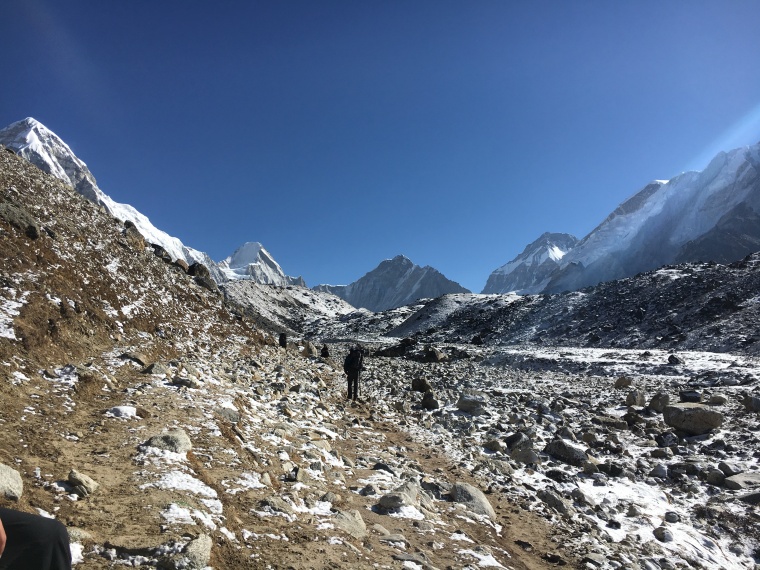
Q. How much walking is there?
A. The trek takes eight days up and 4 days down. On the way up you’ll walk everyday ranging from 5-8 hours but on acclimatization days you only walk for about an hour to get used to the higher elevation and then can relax for the afternoon. Read a day-by-day guide here!
Q. What camera should I take?
A. The best one you have! This really is an incredible experience and the views are magnificent! Take the best camera you can get your hands on as you don’t want to miss out on taking some brilliant photos. I took a GoPro, proper big fancy camera and my Iphone 6s. I ended up forgetting my memory card for the GoPro so it didn’t work and I didn’t even end up using the fancy camera, just my Iphone. I was lucky enough to upgrade my phone right before I went so I had a great camera on it which took quality photos so I felt no need to bring out the big camera. However Iphones do switch of in the cold, below 0 degrees so if you’re going in winter be aware that you may need a proper camera which can handle the cold as an Iphone wouldn’t.
Q. What kind of food is there?
On the mountain expect plain food with a lot of rice, potatoes and bread. All the food eaten is either grown there or carried up so avoid all meat as it is not fresh and can be risky to eat. Common dishes are dal bhaat (rice, veggies and some sort of curry), momos (dumplings), curry, breads, porridge and a lot of potato and carrots. Often breakfast is eggs and toast or porridge and lunch and dinner is mostly rice based. Bring your own sweet snacks up like lollies and chocolate.
Q. Can you buy things on the mountain?
Yes you can buy pretty much anything and everything at Namche Bazaar (day 2). This is the last big market so anything you need it is wise to grab. Here I bought a water bottle, water purification tablets, lollies and toilet paper. You can regularly stock up on lollies and toilet paper on the way but that’s about it. I recommend taking anything you think you will need with you.
Q. Is it worth it?
A. It is tough but it is completely and utterly worth it. You will be challenged both physically and mentally, you’ll have to talk to yourself and tell yourself “one more step” a million times, you’ll have to walk when you don’t want to, struggle to breathe and climb over rocks but each time you stop remember to look up. The glorious mountain range which ebbs different hues of blue, from grey-tinged blue, to dusty-blue, white-speckled blue, dark blue outlines and a brilliant royal blue sky. Nature here is truly incredible and will take your breath away more than once. Enjoy the silence, enjoy every rock you clamber over, enjoy the large mountains that start to look small and enjoy the trek to Base Camp as it is one of the most inspiring and beautiful hikes you may ever do.
Thinking of doing it and have another question? Ask away!
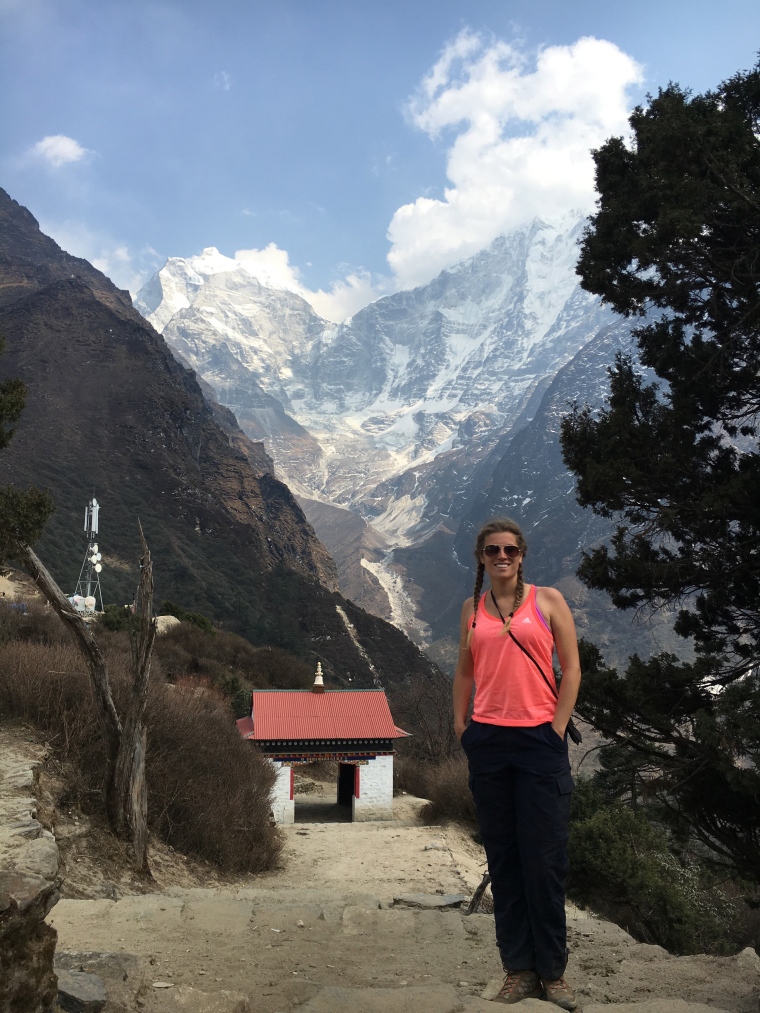
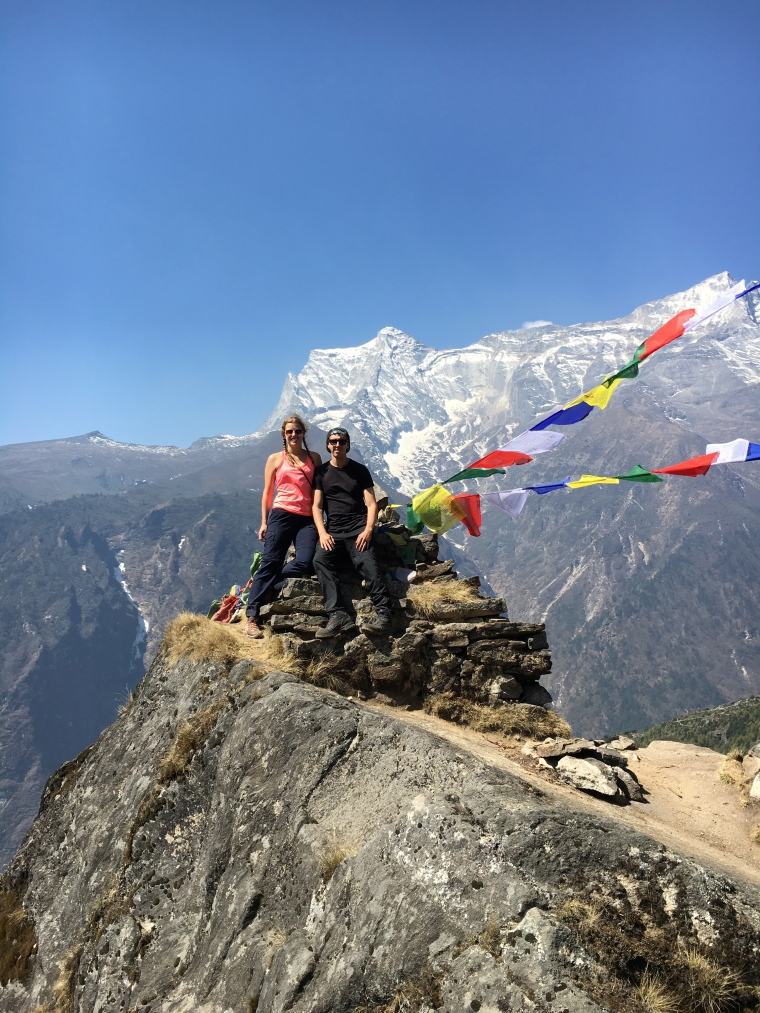

Breathtaking view!
Wow
Wonderful !!
It’s great! I wish I could go for the expedition some day!
☺☺